Julia sat on the edge of her seat, leaning in toward the fire.
“Mad Henry lived alone in a run down mansion at the edge of town.”
Her father’s voice hung in the air, low and steady.
“Rumors about the wild-eyed man never died. Some folks said he was a magician who called upon the powers of darkness to torture his neighbors. Others called him a mad doctor who could bring foul corpses back to life…”
Julia felt the hair stand up on the back of her neck.
What Happened Next?
That’s what we can’t help but wonder.
Unless you’ve been hiding under a rock, you know that storytelling’s all the rage in content marketing.
Which is kind of funny. Because it’s been a thing since we humans could string together more than two words. (Mmm. Beast taste good.)
We’re hard-wired to crave them and it’s why we’re 22 times more likely to remember a story than a factual statement.
(And yes, I see the irony of that statement existing in this post.)
It’s how we connect to each other, find our “tribe” and learn our way around the world.
You know this. I know this.
But most of us aren’t consciously using storytelling to market our businesses.
What about you? Is your brand expressed in a focused way? Using a specific theme with metaphors and symbols?
Or are you just kinda-sorta trying to remember to tell a story when you write a blog post?
Look, it’s not your fault.
So much of the storytelling advice for entrepreneurs stops short of the HOW.
We get a lot of WHY articles. We might even get a few examples of WHO (Who’s doing it right). But the rest — well, it’s time to get specific on the nuts and bolts.
Here’s Where You Start
You do what creative writers and authors have done for eons. You begin by understanding what your story is about.
And remember: Your business is the story.
Think about this: your business has characters (a hero, a mentor, a villain) who all exist in a particular landscape (the setting).
The hero (your client) has a goal she’s trying to reach. She also struggles with a villain or two (those pesky things that keep getting in the way).
You are there to help her (be the mentor and guide). Both of you have special powers and abilities: characteristics that make it possible for you to work together and succeed.
And all of this comes together in a plot — a particular framework that guides how the business/story unfolds.
It begins with your mission and vision — your Big Why — and the impetus for how your business got started.
Your business’ plot/theme is the foundation for your branding story. It’s what helps you select certain metaphors, archetypes, symbols, and language for all your communications.
When it’s done well, your story unfolds in a way that’s both familiar and engaging to your Hero/Client.
Remember: Everything you do to market your business becomes a piece of that same story.
It’s not just your logo, tagline and branding. It’s also your social media posts, your blog, and your emails. Strung together, these should all feel like a cohesive narrative — with a particular point.
Find Your Point in One of the 7 Basic Story Types
According to the experts, 99% of all stories ever told can be categorized at their most basic level into one of these seven plots:
The Underdog (or Conquering the Monster)
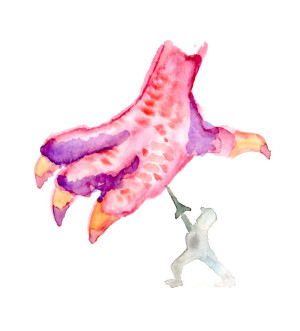 One of our most ancient stories, this is the plot where a hero is confronted by an evil larger than herself. Think Beowulf. Or David and Goliath.
One of our most ancient stories, this is the plot where a hero is confronted by an evil larger than herself. Think Beowulf. Or David and Goliath.
To defeat this evil or overcome fear, the protagonist requires more courage and strength than we might expect them to have. In business, these are stories about a struggle against big business, a large societal issue, or a major paradigm.
Usually, you’ll see this plot used by grassroots organizations and nonprofits.
The Quest
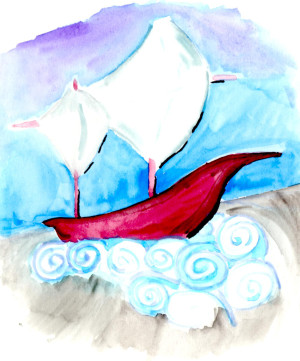 Another ancient plot line, the Quest is most closely aligned to The Hero’s Journey (Joseph Campbell). Think Odysseus. Or Lord of the Rings.
Another ancient plot line, the Quest is most closely aligned to The Hero’s Journey (Joseph Campbell). Think Odysseus. Or Lord of the Rings.
In your business, these are problem-solving stories. Goal-achieving stories. There’s a long journey involved, but it’s consciously chosen (as opposed to the Journey/Return plot, below).
Chris Guillebeau’s quest to visit every country in the world and his most recent book “The Happiness of Pursuit” are fabulous examples of this theme in business.
The Journey/Return
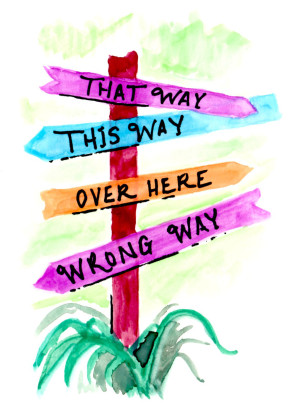 These stories are about being thrown into circumstances not of your choosing. There’s definitely a journey, but it’s more of a wandering. Think Alice in Wonderland. Or The Wizard of Oz.
These stories are about being thrown into circumstances not of your choosing. There’s definitely a journey, but it’s more of a wandering. Think Alice in Wonderland. Or The Wizard of Oz.
If your business falls into this category, your story is about transformation through learning lessons and overcoming obstacles. Your return is where you share the lessons learned.
Either you and/or your clients will identify strongly with the feeling of being a stranger in a strange land.
A good example of this in business might be Kris Karr’s strange and sudden cancer diagnosis and her journey to find healing. See her resulting books Crazy Sexy Cancer and Crazy Sexy Diet. (Note: she could also tell this story from the Underdog point of view.)
Rags to Riches
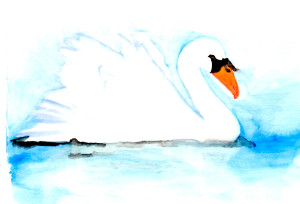 This plot gives us a hero who — against the odds — realizes their full potential. Think the Ugly Duckling. Think Cinderella.
This plot gives us a hero who — against the odds — realizes their full potential. Think the Ugly Duckling. Think Cinderella.
In a business story, the narrative will talk about the process of blossoming into your true power. Going from neophyte to expert.
Tara Gentile’s evolution from creative entrepreneur to powerful business woman is a good example. In fact, she told me, “NOT positioning myself with stories related to power did a number on my business growth. But as soon as I leveraged those things, I turned it all around and doubled my business. That’s what people expect from me and it’s even more powerful when I actually use those kind of stories!” (Quoted with permission from a private group on Facebook.)
Comedy (or the Clarity Tale)
 These are stories about community, relationships and clarity. Think A Midsummer Night’s Dream or Some Like it Hot.
These are stories about community, relationships and clarity. Think A Midsummer Night’s Dream or Some Like it Hot.
If the Comedy is your primary story plot, either you and/or your clients will identify strongly with a need to communicate clearly to those who matter most.
This theme is my own primary story framework. Here at Story Bistro, we’re all about relationships and clear communication.
Tragedy (or the Cautionary Tale)
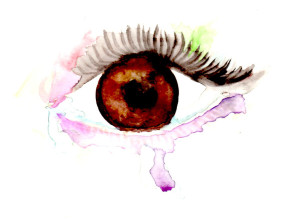 Don’t do these things or you’ll be sorry. Think Romeo and Juliet or Dr. Jekyll and Mr. Hyde.
Don’t do these things or you’ll be sorry. Think Romeo and Juliet or Dr. Jekyll and Mr. Hyde.
In business storytelling, most of these are PSAs (think: quit smoking, don’t drink and drive, etc.).
Rebirth
 Stories about reinvention, renewal, and sometimes creation and creativity. These tend to start with a tragic tone and then blossom into a happy ending. Think It’s a Wonderful Life. Think Lion King.
Stories about reinvention, renewal, and sometimes creation and creativity. These tend to start with a tragic tone and then blossom into a happy ending. Think It’s a Wonderful Life. Think Lion King.
If Rebirth is your primary story plot, either you and/or your clients will identify strongly with a struggle to create something new from what is old and out-dated.
Pamela Slim’s Escape from Cubicle Nation illustrates this plot perfectly.
So What’s Your Primary Business Story Type?
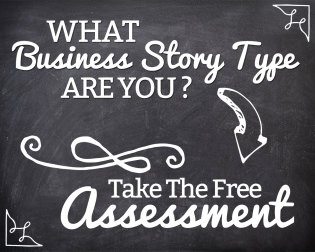 Funny you should ask. I’ve developed a quiz to help you figure that out.
Funny you should ask. I’ve developed a quiz to help you figure that out.
It’s out of beta-testing now and you can take it >>> here. <<<
The assessment draws on the work of Christopher Booker’s Seven Basic Plots, Sally Hogshead’s Fascinate Advantages (there’s usually a correlation between your primary and secondary FA scores and your primary story types), and many, many years of reading and researching archetypes and storytelling.
Once you take the test, you’ll get advice about how to start incorporating that primary plot into your own marketing. (Types of language, archetypes, etc.)
Of course, questions are welcome and I’d love the chance to work with you at a deeper level, one on one.
Oh, and Mad Henry? He fell in love with a woman who didn’t love him and eventually kidnapped her.
It wasn’t a happy ending. Not for Henry anyway. But then again, we don’t usually expect spooky stories (the Tragedy) to end well. Mwahaha
Feedback:
What a great reminder “Your business is the story”. It is so easy to feel discouraged and feel like you don’t have a story to tell. Our own story seems so normal most of the time but when you start to share you realize you do have things to tell. Marta, redeembonuscode.co.uk.
Love the reminder. It seems as if my story is one of rebirth… JoAnn, VerbatimMag.com.

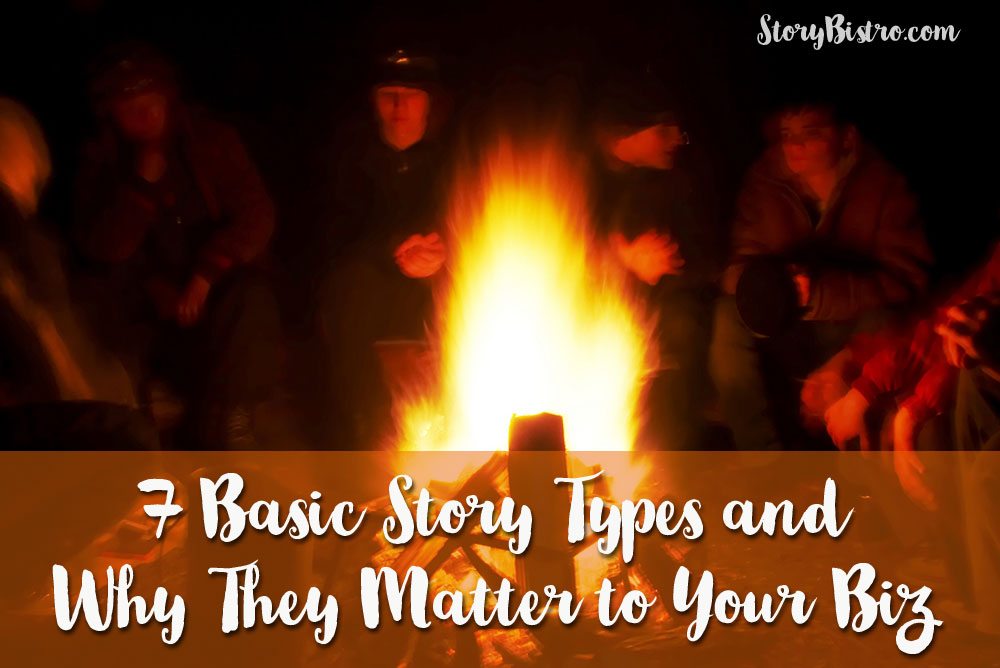
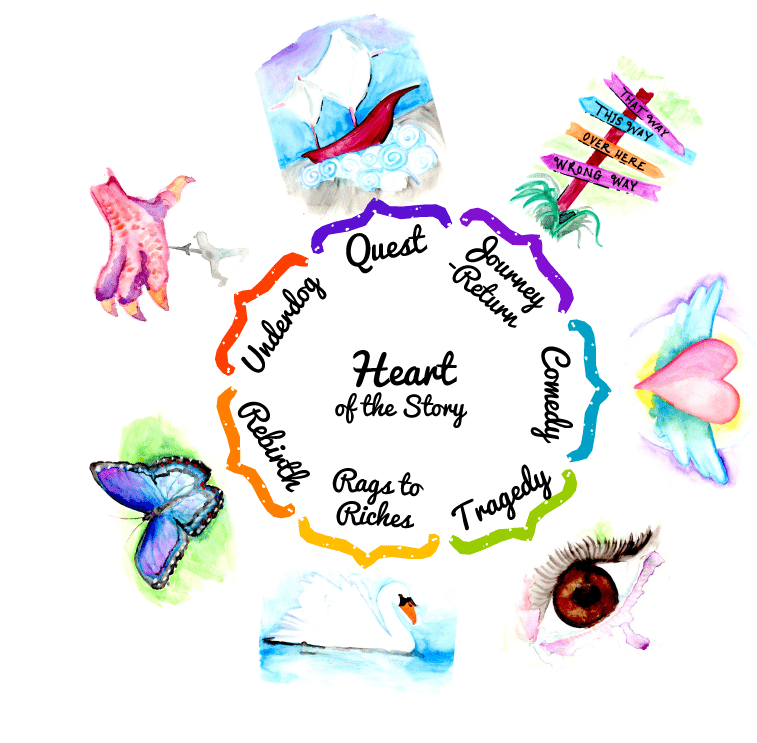



![Everything I’m Afraid Might Happen If I Ask a New Contact to Get Coffee [The Small Biz Owner’s Edition]](http://storybistro.com/wp-content/uploads/ask-for-coffee-150x150.jpg)





What a great reminder “Your business is the story”. It is so easy to feel discouraged and feel like you don’t have a story to tell. Our own story seems so normal most of the time but when you start to share you realize you do have things to tell.
That’s SO true, Marta. Your story may feel similar or average, but it’s really not. Only you could’ve had the unique blend of experiences, talents and quirks that you’ve had. And your stories are yours.
Love the reminder. It seems as if my story is one of rebirth…
There’s a lot of that going around, JoAnn. 🙂 While my primary story type is Comedy, Rebirth is a close 2nd. For me, it’s about re-inventing how we market our small businesses online. How about you?
I got Rebirth as a result… now I’m thinking about how I could incorporate such a concept to promote a Foreign Language online Course!
Hmmm, perhaps remember of how I felt when dealing with a new language?
Or, how seeing that (most) Modern Greek courses are either too expensive or using obsolete online techniques to deliver made me decide to go for sthg different?
Yes! Re-imagining how you deliver your teaching is a great example of the Rebirth theme. There might also be a ‘Why’ in there — Why are your clients wanting to learn a new language? Are they transforming their lives in some way?
Hmmm, as a writer, I love this idea of every tale fitting into one of 7 different storylines. But sadly, when I took the test, I got the one I was dreading: Journey/Return.
I have no clue how to use that to market my business of freelance writing and editing. And any semi-relatable way will probably open an emotionally dark wound that I think would drive clients away. Hmmm, must think on this.
On a positive note, thanks for the test. It’s given me a lot to consider. 🙂
I hear you, Candace. Most people take the test and say, “Yup! That’s me.” And others feel like it’s a bit a sticky wicket. (Imagine if you got Tragedy!) For Journey/Return, think about what you do from your clients’ perspective. Do THEY feel like a stranger in a strange land? Unable to navigate the waters of content creation? Remember, YOU are the mentor to their hero. And while your back story may have similar threads, it’s important to remember the story needs to make sense for them. I’ve got a PDF about this story type I’m happy to send you. Just hit me up via email?
Love the potent clarity of these 7 different story types. I’m the Journey/Return. Tea recognized my story type before I even took her assessment. And, she was spot on. The Journey/Return aligns seamlessly with My Big Why & My Business Story [http://www.wildwisdomjourneys.com/#!our-story/cjg9].
Hi Tea, Thanks for sharing these 7 types. It makes for good and easy reference or classification. It is the first time I run into this. Really appreciate.
Will be taking the test to discover which type best represents my business model.